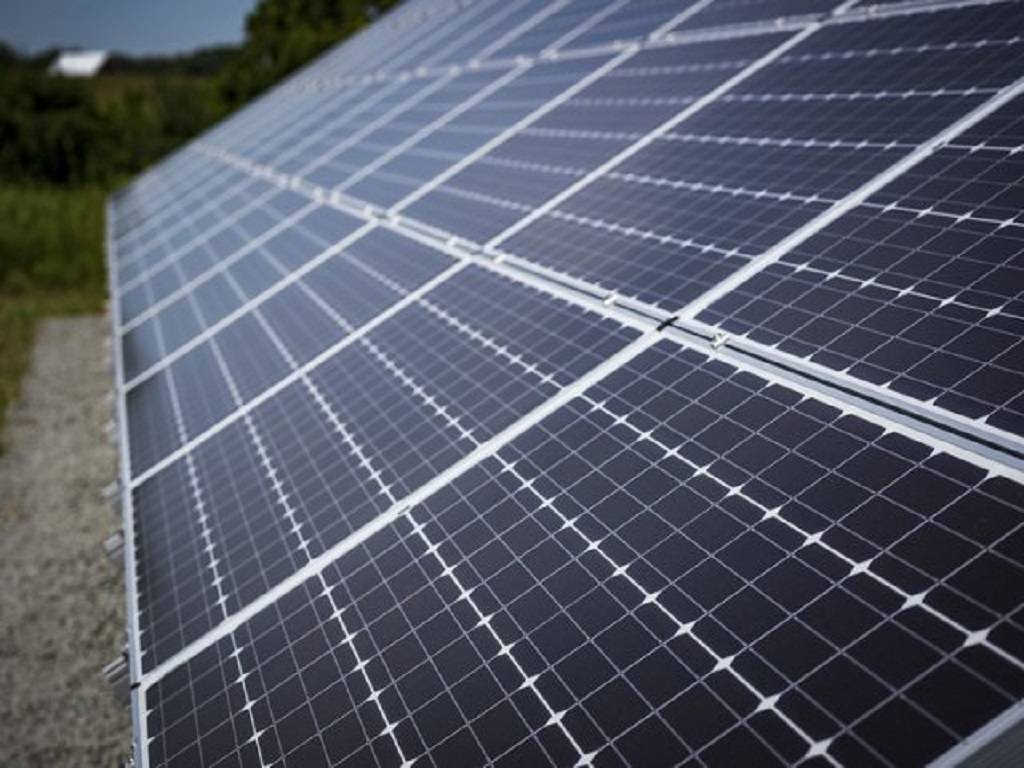
While India expands its solar power capacity, it lacks a clear policy for dealing with the waste generated by used solar panels or the production process. Last December, the International Renewable Energy Agency (IRENA) predicted that global solar waste will reach 78 million tonnes by 2050, with India anticipated being among the top five producers.
According to an answer to a query in the Rajya Sabha, India presently considers solar waste to be part of electronic waste and does not account for it separately. According to Minister for New and Renewable Energy (MNRE) R.K. Singh, a committee has been formed under the head of the Ministry's Secretary to present an action plan for developing a "circular economy" in solar panels through trash reuse/recycling. In India, there was no commercial raw material recovery plant for solar e-waste, but a private business had built up a pilot facility for solar panel recycling and material recovery in Gummidipoondi, Chennai, Tamil Nadu.
Life of Solar Panel
By 2022, India focuses on producing 100 gigawatts of solar energy. The total capacity of grid-connected solar photovoltaic (PV) systems is roughly 40 GW, with around 35.6 GW generated by ground-mounted plants and 4.4 GW generated by rooftop solar.
Solar panels have a 25-year expected life, and given that India's solar manufacturing sector got off about 2010, the majority of the installed systems were new and early in their calendar life cycle, and hence unlikely to create a significant amount of solar waste.
According to the Council for Energy, Environment, and Water, a Delhi-based think-tank, this is only partially correct. End-of-life was only one of the conceivable waste streams for PV modules; there were several additional stages during which modules might be damaged and destroyed, particularly during shipping and installation.
Furthermore, during plant operations, modules may acquire flaws and be destroyed before their expected life span.
Cumulative Waste
Despite its ambitious development plans, much of India's solar PV industry relies on imported components, the majority of which are sourced from China. India already has a manufacturing capacity of 3GW for solar cells and 15GW for modules, and the Budget this month imposed a basic customs charge of 40% on modules and 25% on solar cell imports beginning April 1.
According to the CEEW, as of FY21, PV modules have likely caused a total waste of about 285,000 tonnes due to the early-life loss of the installed 40 GW grid-connected solar capacity. "As a result, it would be imprudent to ignore and postpone the issue of PV waste management any longer," CEEW analysts Akanksha Tyagi and Neeraj Kuldeep write in a report.
















